The Beginner’s Guide: Jeff Nichols, Director & Writer

David is a film aficionado from Colchester, Connecticut. He enjoys…
I first discovered Jeff Nichols back in 2013, when I happened to catch Mud in theaters. Not knowing what to expect, I still remember distinctly how I felt walking out of the theater – I absolutely loved everything about the film. I was stunned by its raw, understated beauty, with characters that lived and breathed, and a coming-of-age story that was uniquely captivating.
Working backwards through his filmography, the next film to tackle was Take Shelter, which, though also starring Michael Shannon, had a much heavier subject and tone, which made it about as distinctive from Mud as you could get. Next I saw Shotgun Stories, and then, within the past year, both Midnight Special and Loving, films ranging in subject from a character drama, to science fiction, to a biopic about the couple whose interracial marriage served as a catalyst for constitutional change.
Nichols is that rare director that, above all things, possesses the gift of storytelling. With his nuanced, alluring style, he is as much a poet as he is a filmmaker. In this guide, I will go through a run-down of his now five works, pointing out similar directorial trademarks in each of them. Ultimately, I hope to inspire those unfamiliar with him to give his films a go.
Shotgun Stories (2007)
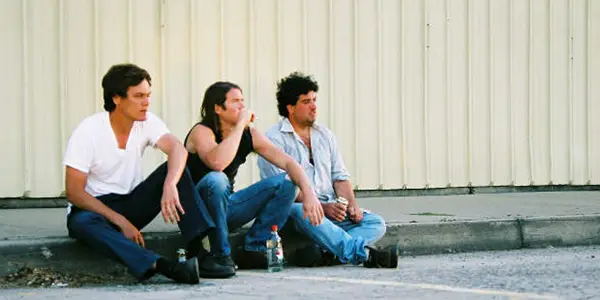
Shotgun Stories is a tale of an escalating familial conflict. Taking place in a lifeless and empty southern town (a setting that is common in Nichols‘ works), it focuses on three brothers, named simply, Son (Michael Shannon), Boy (Douglas Ligon), and Kid (Barlow Jacobs). While Son is the most “together” of the three, acting as a patriarchal father figure to his brothers, he also possesses an inborn bitterness, which causes him to act out irrationally.
This is first seen when the three attend the funeral of their father, a man who, after being an abusive alcoholic, abandoned them when they were younger; only to then supposedly get his life together and start another family. Son, in a powerful speech, expresses his disdain for their father in front of his new family, and subsequently spits on the coffin in spite. This action leads to a series of back-and-forth conflicts which, as might be expected, ends in tragedy.
Shotgun Stories, though with a relatively straightforward subject, is much larger in scope than might be initially clear. The film is not only a powerful character study, which allows its actors to shine (especially Shannon, who would go on from here to become a Nichols staple), yet it also delves into the politics of small-town America. With blue-collar jobs that often have people struggling to get by, and, in addition, with a vast and empty town that seems to have been left somewhere in the 1970s, the only thing people have is each other. Family, therefore, is of primary importance, as is respect and loyalty. This is seen in how Son, Boy, and Kid are now in conflict with their half-brothers after the action by Son at their father’s funeral, a spark which ignites a fire of hatred between the two families, leading to the aforementioned tragedy. As such, the film feels very Shakespearean in nature despite its limited scope.
Though shot on only a $250,000 budget, Shotgun Stories rarely feels cheaply made. Much like Nichols’ later work, his film triumphs with its use of minimalism. Small moments and interactions between characters creates a world that feels very real in nature, and the occasional shots of the town and surrounding landscape captivate with little effort. The film does, at times, show its low budget, such as in its manner of cutting away from certain scenes and only showing the aftermath of them, yet it’s also a practice that is effective. This is a quiet film about an escalating series of unfortunate incidents between two families; by only showing what is necessary, Nichols expresses larger themes with ease. It is a quality that would continue to imbue his later work in an even more effective way.
Take Shelter (2011)
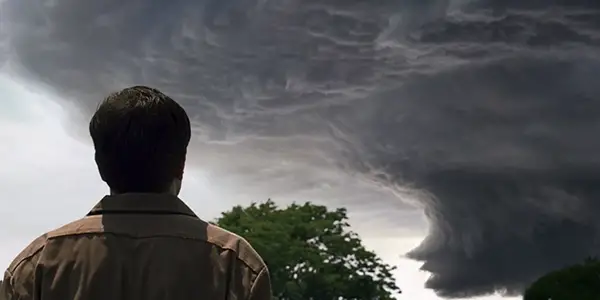
Take Shelter is, to me, still Nichols‘ masterpiece. Much like Shotgun Stories, the film takes place in the south; this time focused on a single nuclear family, which includes Curtis (Michael Shannon), Samantha (Jessica Chastain), and their daughter Hannah (Tova Stewart).
The film begins in a nightmarish dream; in it, Curtis is standing outside his house and observing ominous clouds in the distance. He soon starts to feel raindrops on his clothes, and in reaching out his hand, notices that they are very oily in nature. Throughout the film, these visions continue to appear to him, and they all involve a torrential storm. Fearing that they are in actuality visions of coming apocalyptic weather, Curtis begins to build on the storm shelter in their backyard, devoting much of his time to making the shelter livable for himself and for his wife and daughter.
In sharp contrast to the more grounded Shotgun Stories, Take Shelter is often very lurid in nature. Curtis’ visions themselves are eerie and surreal; many of them feel like a paranoiac dystopia, such as in one where people around him start to lose their mind and attack both himself and his daughter. What Curtis fears the most, more than even their literal nature, is that they are the signs of an encroaching schizophrenia, an illness that affected his mother around the same age that he is now. The film therefore reflects these fears through the uncomfortably ambiguous tone, making for an experience that can be confusing yet at the same time enthralling.
As a familial drama, albeit with a supernatural twist, Midnight Special is a film that triumphs through its characters. As a married couple enduring struggles, many of the interactions between Curtis and Samantha are actually based on fights between Nichols and his own wife, and for this reason they feel very much like conversations between real people. In addition, this is Michael Shannon‘s finest collaboration with Nichols, in a role which enables him to break from his usual stoic demeanor and show truly devastating angst, including one scene at a public dinner that is stunning to witness. Chastain, who at this point was still relatively unknown, also matches him at every turn.
Much has been said about the ending of Take Shelter, which could be interpreted in multiple ways. I won’t say much about it for spoiler reasons, but suffice it to say that, rather than imposing some unexpected dramatic twist, it instead adds even more ambiguity to the film. It’s a bookend to the apocalyptic storm at the start, and, regardless of the truth of this vision, it nails the underlying themes of mental illness and familial support with a certain serenic clarity. It’s for this reason that, even more so than any of Nichols‘ other works, Take Shelter is a film that benefits greatly upon rewatch.
Mud (2012)
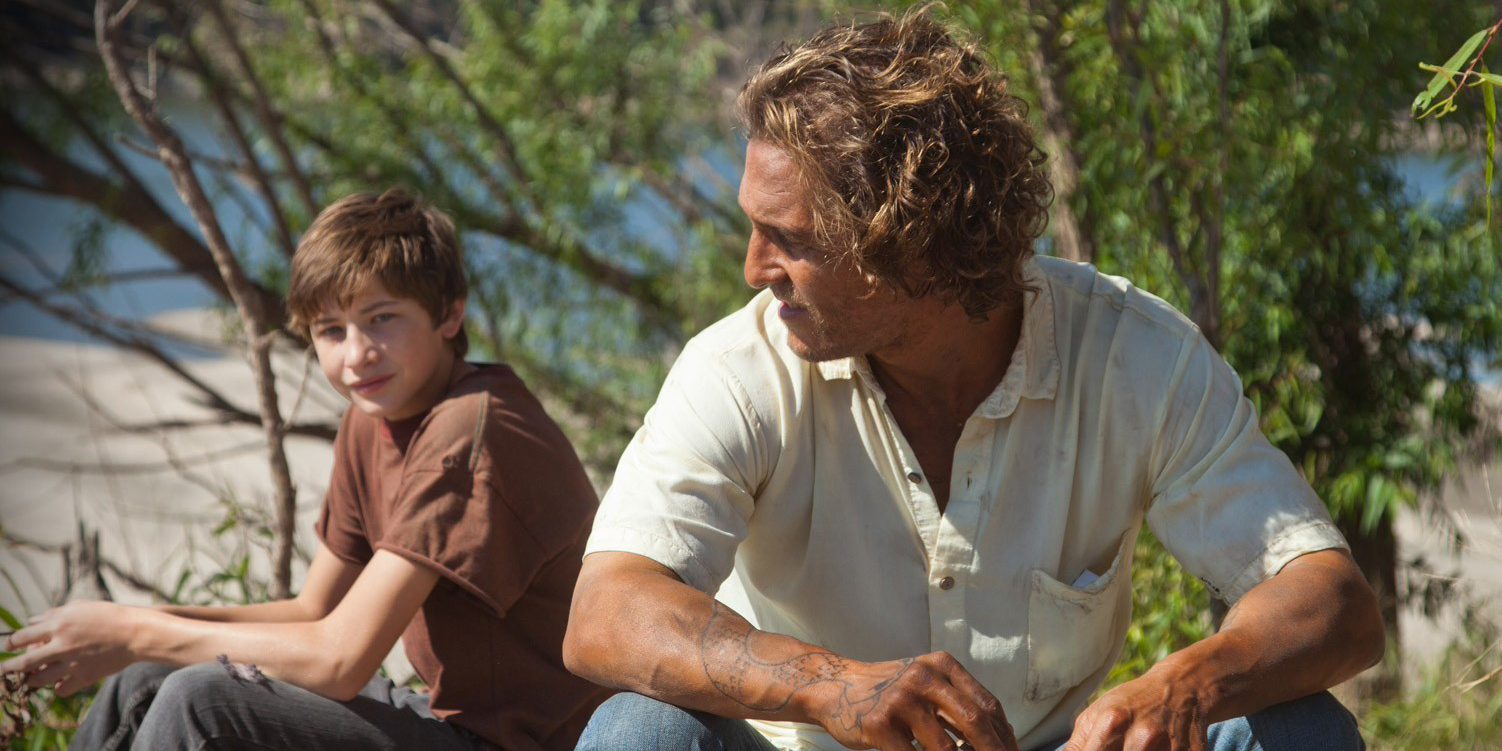
Coming immediately after the entrancing, unearthly Take Shelter, Mud might initially feel like a bit of a letdown. The film is more of a coming-of-age story than anything Nichols had done, focused on a young boy named Ellis (Tye Sheridan) and his friend Neckbone (Jacob Lofland), who live in a small town on a river in Arkansas. On their daily adventures, they discover an island which has a boat stuck in a tree, and are determined to hoist the boat down in order to claim it as their own. While there, though, they notice that somebody else has found it, and soon meet the man, called simply Mud (Matthew McConaughey). Mud, a smooth-talking, chain-smoking 30-something man who seems to only possess the shirt on his back (and a gun holstered in the seat of his pants), is an immediately striking presence, and the boys soon find themselves captivated by him.
The film then progresses through interactions between both Ellis and Neckbone with Mud, who they soon discover is on this island waiting to hear word from his lifelong love Juniper (Reese Witherspoon), while also evading the authorities due to past actions he had taken. The three strike up a deal: if Ellis and Neckbone help Mud out, he will give them his gun in return. For two 13-year-old boys, that’s a deal they’re more than willing to make.
Perhaps more ideally than any of his other films, Mud truly expresses Nichols‘ gift for storytelling. The film feels very much like a folktale, and indeed was even stated by Nichols as his own version of Mark Twain‘s The Adventures of Huckleberry Finn. Much like that classic novel, Mud is a story about growing up, seen through the characters of both Ellis and Mud.
Mud, though older, seems to still be stuck in the past, with his heart set so intensely on the girl he loved when he was younger that he’s willing to make thoughtless decisions in order to attempt to win her over, which has subsequently led to him hiding out in the same town where he grew up. Ellis, who looks up to Mud, is in conflict about his own life, which includes the fact that he will soon have to give up his childhood home due to his parents’ impending divorce. Both characters are stuck in the past, but through their growing bond, learn how to move on together.
It’s a story that is not only warmly told and felt, which includes some fine acting by both the young Sheridan and prime McConaughey, but also one so beautifully presented. The film showcases the raw splendor of its landscape in a lyrical fashion, with long, sweeping camera pans down the Mississippi river, and shots that utilize the best of natural light. Director of photography Adam Stone, who has worked on all of Nichols‘ films, has perhaps given his best work in Mud. Like Ellis himself (until the end, anyways), the film lives within a nostalgic world, one that, when looking back, captures the beatific mindset of what it means to be a kid.
Midnight Special (2016)
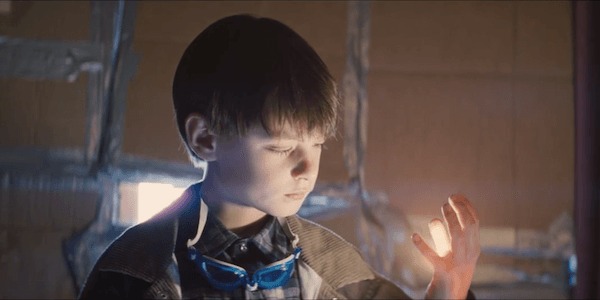
The first of two films that Nichols released last year, Midnight Special is easily a standout amongst his filmography. Though Take Shelter had some otherworldly aspects to it, those were qualities that were more psychological in nature; Midnight Special is pure science fiction. The film focuses on a boy named Alton (Jaeden Lieberher), who is currently on the run alongside his father Roy (Michael Shannon), and their friend Lucas (Joel Edgerton). Though not at first clear, it is soon evident that Alton has mysterious powers, which enables him to grant visions to all who stare directly into his eyes, in addition to being able to interact with technology around him.
Midnight Special utilizes Nichols’ understated style throughout. The film doesn’t bother with exposition or overly plot-explaining character dialogue; instead, it plunges you right into the events from the start, filling in the gaps only as the film progresses. In this way, it is also the most difficult film of his to piece together, though many of the questions you may have at the start do eventually get answered.
The film is also the most extravagant of Nichols‘ films. With an $18 million budget, Nichols was able to create several spectacular visual effects, which includes not only the glowing eyes and hands of Alton, but also magnificent imagery towards the end of the film, which I won’t spoil, though it is an awe-inspiring and splendorous sight to see (think Spielberg‘s Close Encounters of the Third Kind).
Despite its positive attributes, though, Midnight Special also feels like a bit of lost potential. It’s an ambitious film that attempts to delve into religious themes, seen in how Alton’s powers creates a community that rallies around in a similar manner as a cult. It also expresses the paranoiac idea of the government always watching us, as we see at several times throughout the film. In addition, the film is an attempt at a powerful father-son dynamic, showing the lengths that a parent will go to for their child. By the conclusion, though, Nichols‘ film doesn’t quite check all these boxes in the requisite way. In addition, some characters, such as those played by Joel Edgerton and Kirsten Dunst, are very underused. It’s not a completely satisfying movie-watching experience, yet Midnight Special is a film that has more to praise about it than to condemn.
Loving (2016)
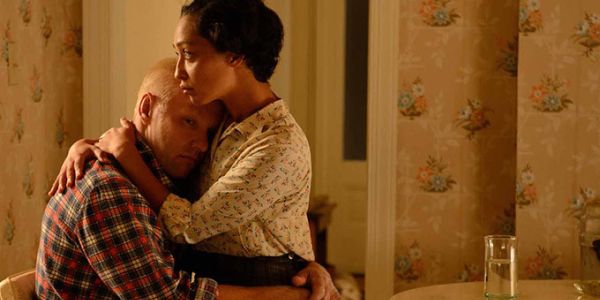
And, finally, we come to Jeff Nichols‘ latest film, his second of last year, and the film that I actually chose as my favorite from 2016. Loving is the only film Nichols has done that, though with a screenplay still written by him, is based on true events. Taking place in the 1960s, it is focused on Richard Loving (Joel Edgerton) and his wife Mildred (Ruth Negga), a couple whose marriage in the state of Virginia was declared to be illegal under state law. Taken up by civil rights lawyers Bernie Cohen (Nick Kroll) and Phil Hirschkop (Jon Bass), the Lovings’ marriage was eventually legitimized under a Supreme Court ruling, which then changed the Constitution.
Loving is a magnificent film precisely because it avoids the pitfalls that so many biopics fall under. The film is neither a courtroom drama nor is an intense character study. Instead, it simply breathes with the simple country life that Richard and Mildred have created together. Brought to life with a nuanced perfection by both Joel Edgerton and Ruth Negga, the film is a series of exchanges and interactions over a series of years. Some examples include the following shots: Richard comes home from a long day of work and slumps on his couch, while Mildred pleasantly and silently rests her head on his shoulder; the two drive despondently towards their new lives together away from Virginia when they are forced to leave, and Mildred reaches her hand across the car to gently touch her husband’s; the two glance outside, as their three children energetically play, carefree and unaware of their troubles.
These individual moments are stitched alongside one another into one cohesive portrait of a life together, one relatable to nearly anyone who watches it and has built a similar life with another person. As such, the message of Nichols’ film, rather than being overtly obvious, instead becomes more clear on reflection: if Richard and Mildred love each other and have created this life together, why should they not have the same rights to marriage that everyone else does, simply because they are of different races? The film is powerful in its subtlety, which while not only reflecting the times, also makes a statement on marriage equality in the present.
Loving is a film that, much like the court case itself which changed the course of history, will likely reverberate through the ages, only picking up momentum as the years go by – a quiet piece of poetry that is as exquisitely beautiful as it is undeniably human.
Conclusion
It is that quality that I think most draws me to Jeff Nichols‘ works: their humanness – whether a story of familial conflict taking place in the humdrum south, a psychological family drama that serves as an allegory for mental illness and anxiety, a coming-of-age folktale concerning a pair of boys and an unlikely friendship with a middle-aged rebel without a cause, a science fiction story infused with religious themes and the bond between a father and son, or, finally, a story based on true events that changed the course of marriage equality.
They are all films that feel so incredibly relatable despite wide-ranging, even outlandish subjects, and this is due to Nichols‘ uncanny ability to simply let his camera do the talking. Call him a director, a writer, or a lyrical poet – either way, he’s still one of my favorite modern directors, and I really cannot wait to see what he does next.
What is your favorite Jeff Nichols film? Tell us in the comments below!
Does content like this matter to you?
Become a Member and support film journalism. Unlock access to all of Film Inquiry`s great articles. Join a community of like-minded readers who are passionate about cinema - get access to our private members Network, give back to independent filmmakers, and more.
David is a film aficionado from Colchester, Connecticut. He enjoys writing, reading, analyzing, and of course, watching movies. His favorite genres are westerns, crime dramas, horror, and sci-fis. He also enjoys binge-watching TV shows on Netflix.












